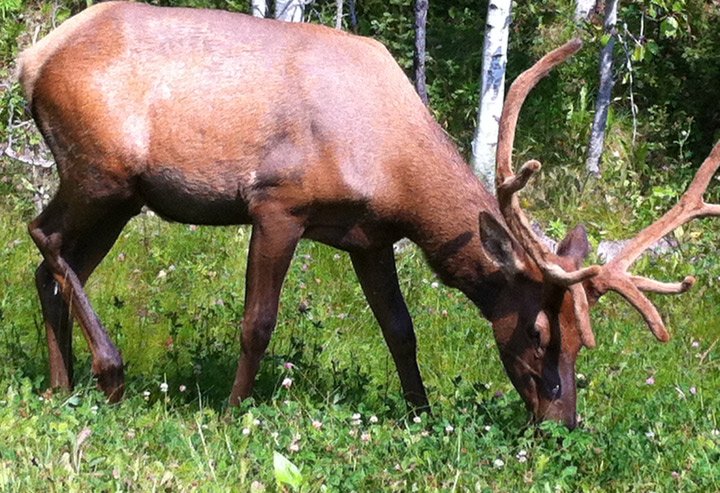A new research project that will take a closer look at wildlife in the Regina area will be headed by the Royal Saskatchewan Museum (RSM) and the University of Regina.

According to RSM, the project will mirror several others which are happening in Saskatoon, Edmonton, Calgary and the United States.
“Urban environments are the fastest-growing ecosystem in the world and these areas are home to many wildlife species,” said Dr. Ryan Fisher, who serves as RSM’s curator of vertebrate zoology.
“Regina has a lot of green space and wildlife habitat. Unfortunately, we don’t know a lot about how these animals are using these areas. We hope that this project will provide a benchmark of wildlife activity in the city and contribute to a longer-term wildlife monitoring program that can help us understand how wildlife changes as the city changes.”
As part of this study, the research team hopes to gather photos of a number of species, including:
- moose
- deer
- raccoons
- chickadees
- warblers
- hawks
- big brown, little brown and hoary bats
Fisher said the incorporation of natural habitats into urban planning has become more common and that natural areas are an important component to wildlife conservation.
- L.A., Belfast… Rainbow Lake? Why a remote Alberta town joined cities in Plant-Based Treaty
- What to do about Olympic Stadium’s beleaguered old roof? Ideas are wanted
- SFU researchers say ant pheromones could help prevent tick bites
- B.C. orca rescue near Zeballos planning to take a ‘few days’, officials say
“We have selected 15 monitoring sites in and around the city where trail cameras and audio recorders will be installed,” mentioned Fisher.
“The areas were selected because they see relatively lower volumes of human traffic, but provide suitable habitat for wildlife.”
Fisher added that equipment will be marked with their name and contact information. With that in mind, the team is asking the public to avoid disturbing these sites if they come across their equipment.
“We want our monitoring to represent what is ‘normal’ activity in an area and not to cause people, or animal, behaviour to change in any way. But we do want people to be aware of the project and not to be concerned if they happen upon our equipment.”
The joint study will start in October and will be active in January, April, June and July.





Comments